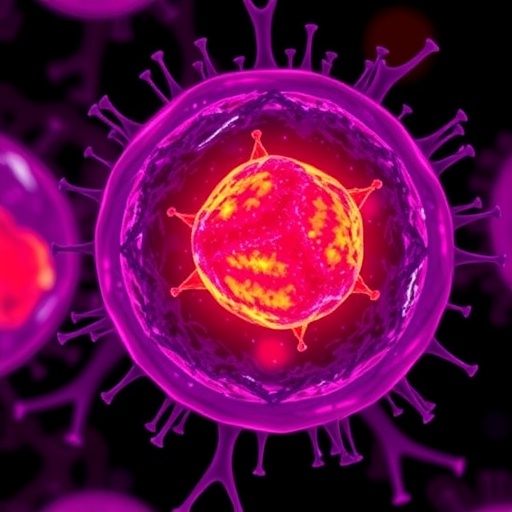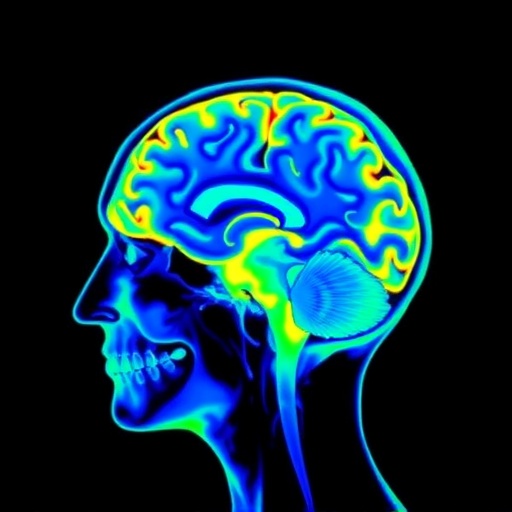Research gives hope to producing better therapies for this debilitating condition
Dublin, Tuesday, February 12th, 2019 – Researchers from Trinity College Dublin have become the first to describe a model of mitochondrial epilepsy which raises hope for better therapies for patients with this incapacitating condition. Their paper has been published in BRAIN, the peer-reviewed international journal of neurology.
Mitochondrial disease is one of the most common forms of genetic diseases, affecting one in 9,000 births in Ireland with debilitating consequences. One quarter of patients with mitochondrial disease have epilepsy which is often severe and resistant towards conventional antiepileptic drugs.
Despite the severity of this epilepsy, up to now there have been no animal models available to provide a mechanistic understanding of the condition.
That is set to change though as researchers at Trinity can now explain the important role that astrocytes play in seizure generation. To date, astrocytes, the characteristic star-shaped glial cells found in the brain and spinal cord, have been seen as ‘supporting-cells’, playing a largely passive assisting role in the brain. This research shows however that they actually play a central role in driving seizure generation in mitochondrial epilepsy.
The researchers were able to recreate a novel brain slice model by the application of an astrocytic-specific aconitase inhibitor, fluorocitrate, concomitant with mitochondrial respiratory inhibitors, rotenone and potassium cyanide. The model was robust and exhibited both face and predictive validity.
The team then used the model to assess the role that astrocytes play in seizure generation and demonstrated the involvement of the GABA-glutamate-glutamine cycle, which regulates how chemical transmitters are released from neurons and then taken up by the supporting cells; the astrocytes.
Notably, glutamine appears to be an important intermediary molecule between the neuronal and astrocytic compartment in the regulation of GABAergic inhibitory tone.
Finally, the team found that a deficiency in glutamine synthetase is an important part of the pathogenic process for seizure generation in both the brain slice model and the human neuropathological study.
Explaining the importance of the research, Ellen Mayston Bates Professor of Neurophysiology of Epilepsy at Trinity, Mark Cunningham said: “We believe this is important and novel research as it produces, for the first time, a model of mitochondrial epilepsy which captures features observed in patients. The model provides mechanistic insights, demonstrating the role of astrocytes in this pathological activity.”
Looking ahead and considering how this research translates to treat those with mitochondrial epilepsy, Professor Cunningham said: “We believe this work is important in providing new avenues with regard to producing better therapies for this condition. Future work will develop the model so that it can be used to stratify novel anti-seizure drugs in a tailored manner for patients diagnosed with mitochondrial disorders and who phenotypically exhibit epilepsy.”
###
Paper published in BRAIN journal at: https:/
Contact:
Ciara O’Shea, Media Officer, Trinity College Dublin, at [email protected], +353 -1-8964337
Professor Mark Cunningham, Trinity College Dublin, at [email protected], +353-1- 896 8569)
Media Contact
Mark Cunningham
[email protected]
353-189-68569
http://dx.




